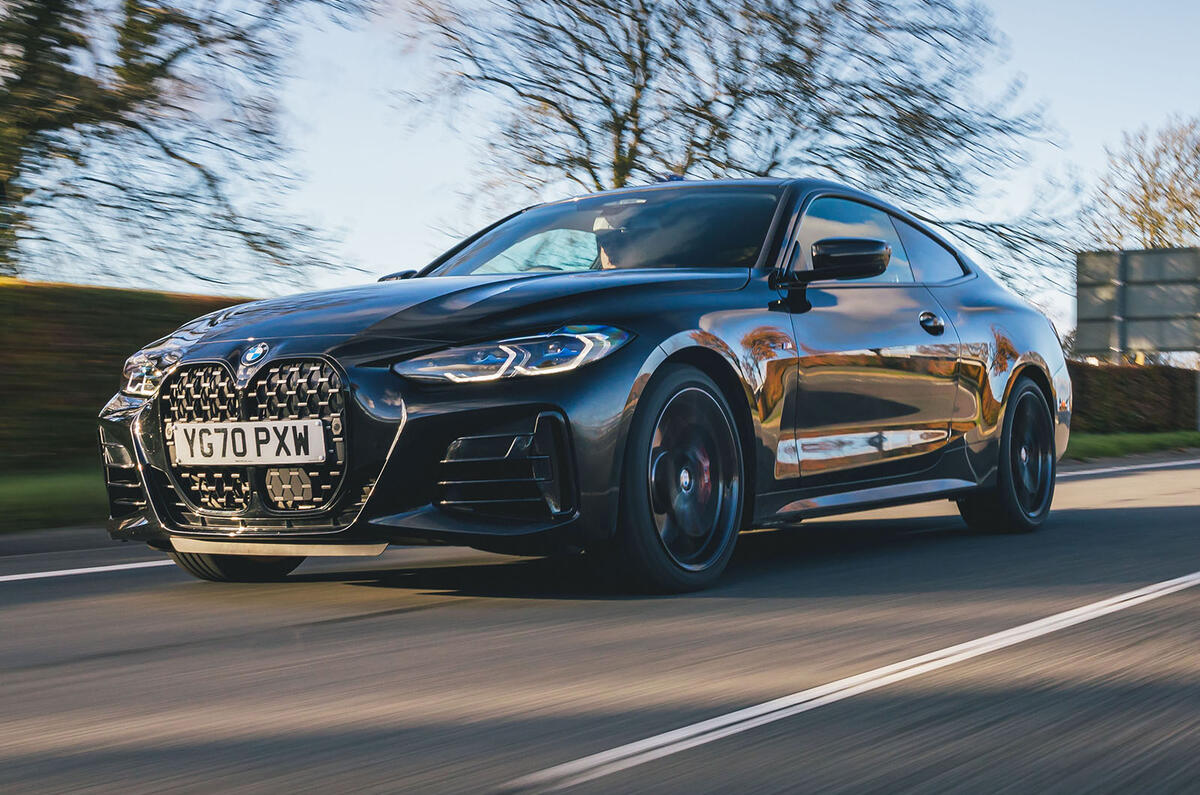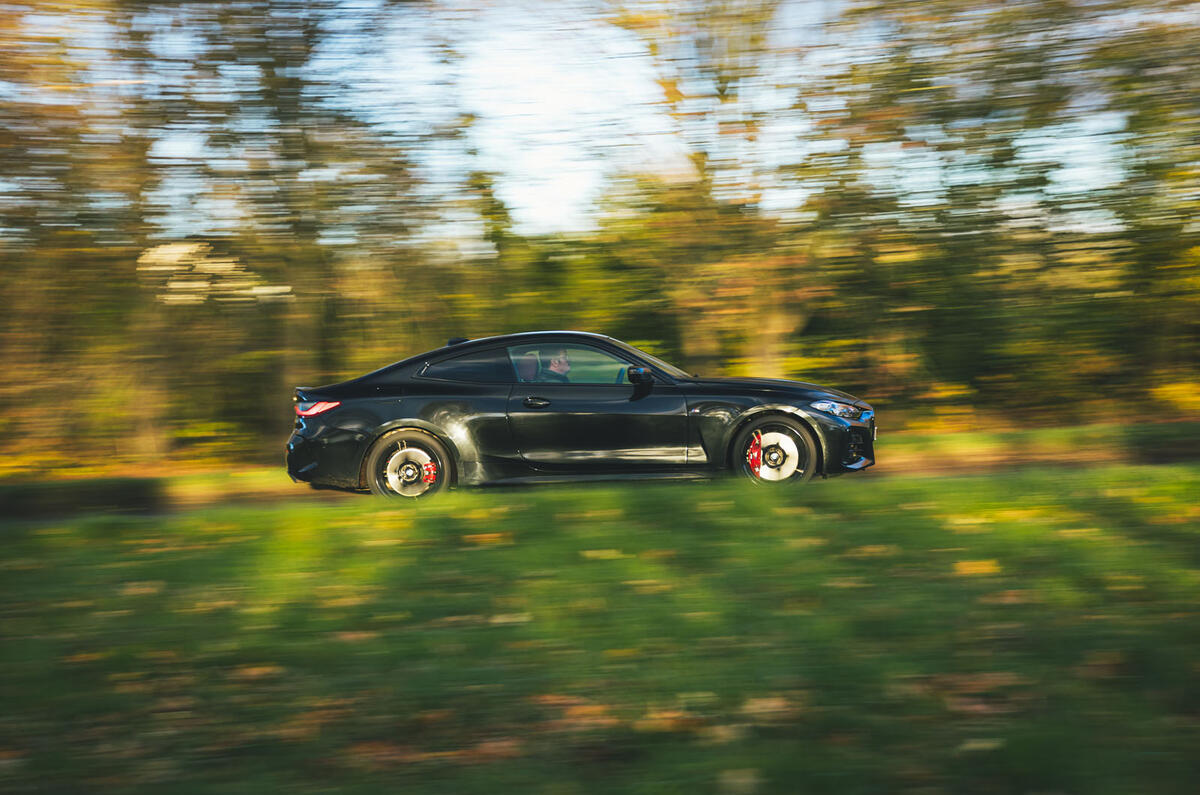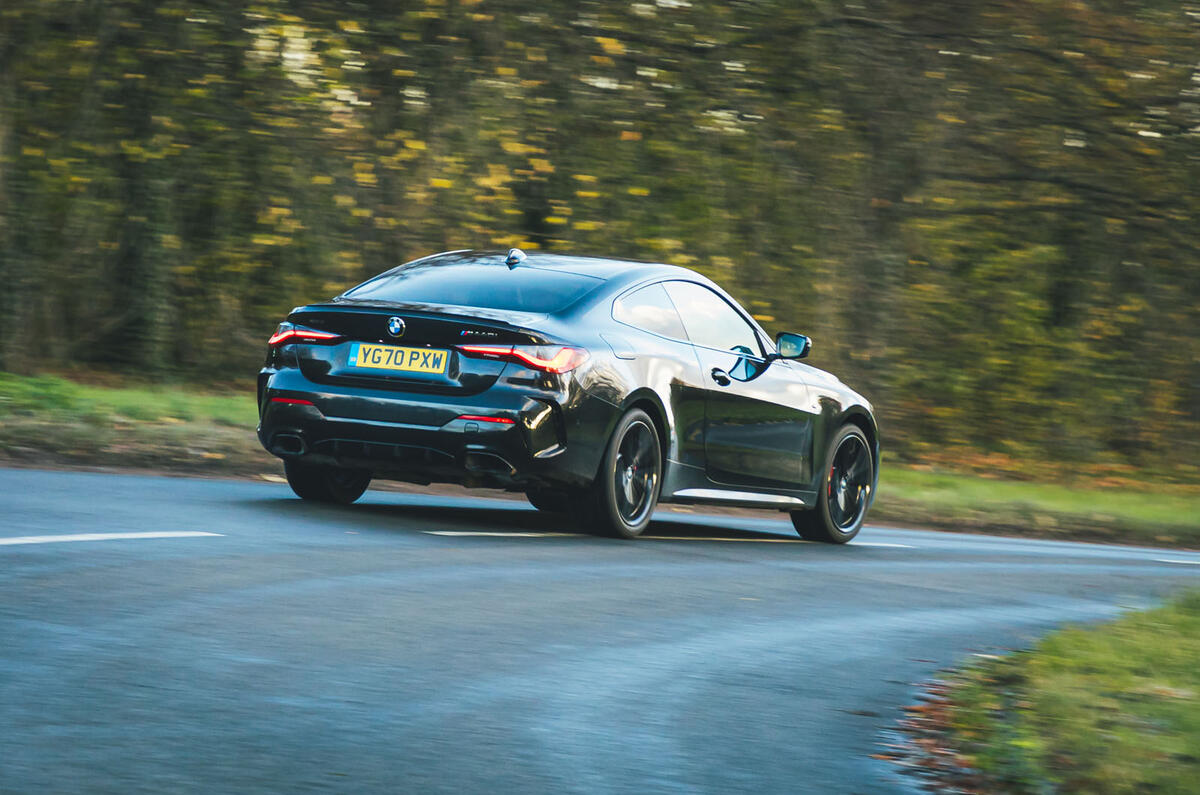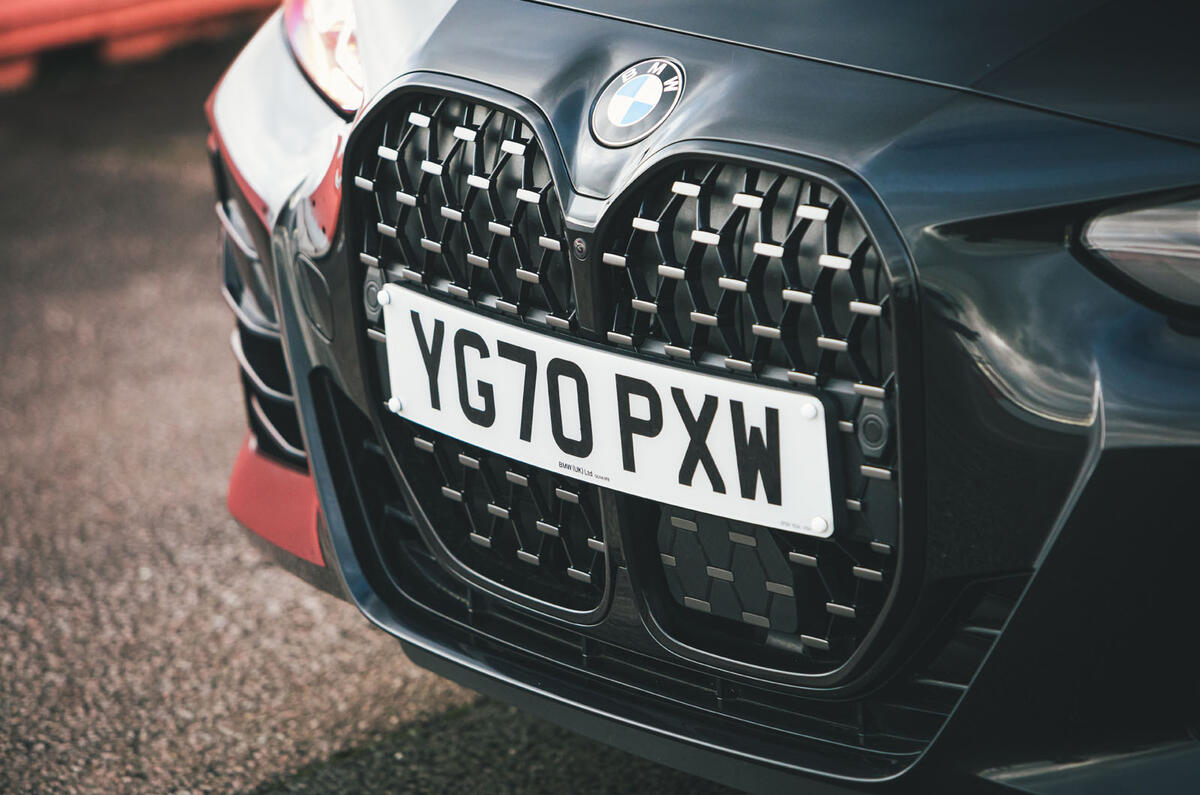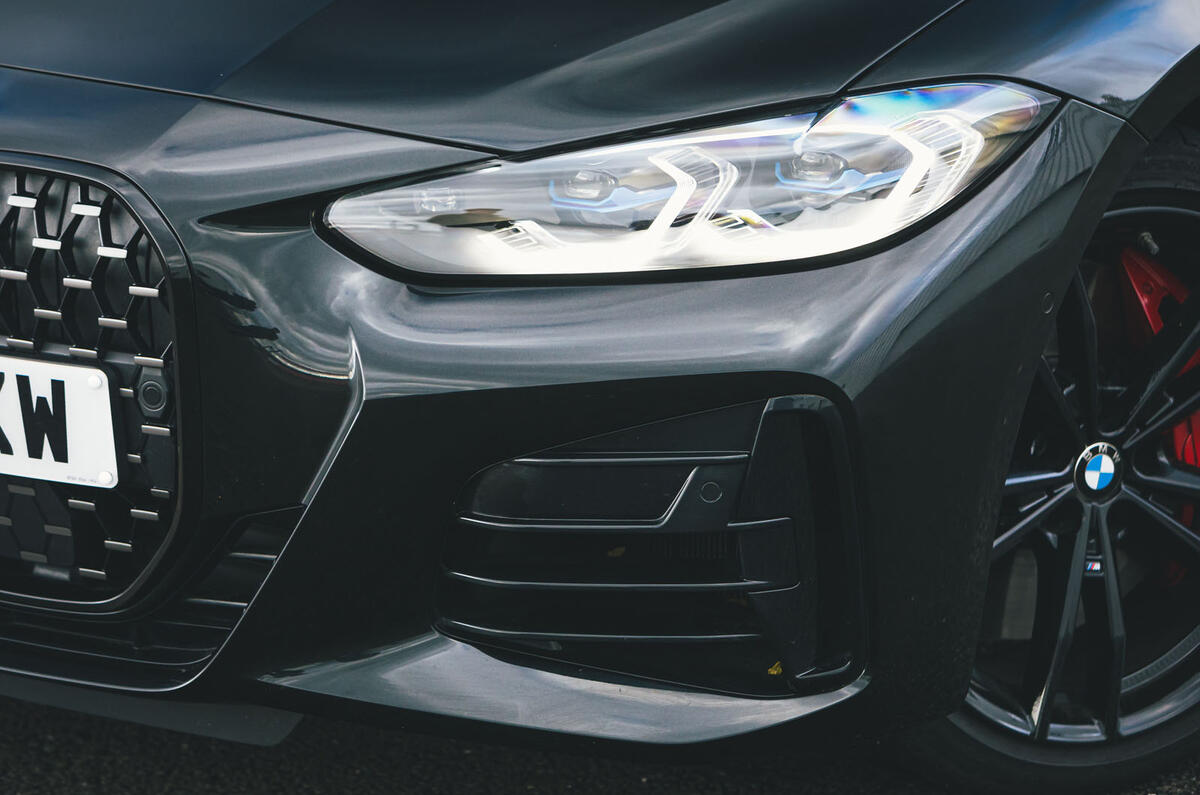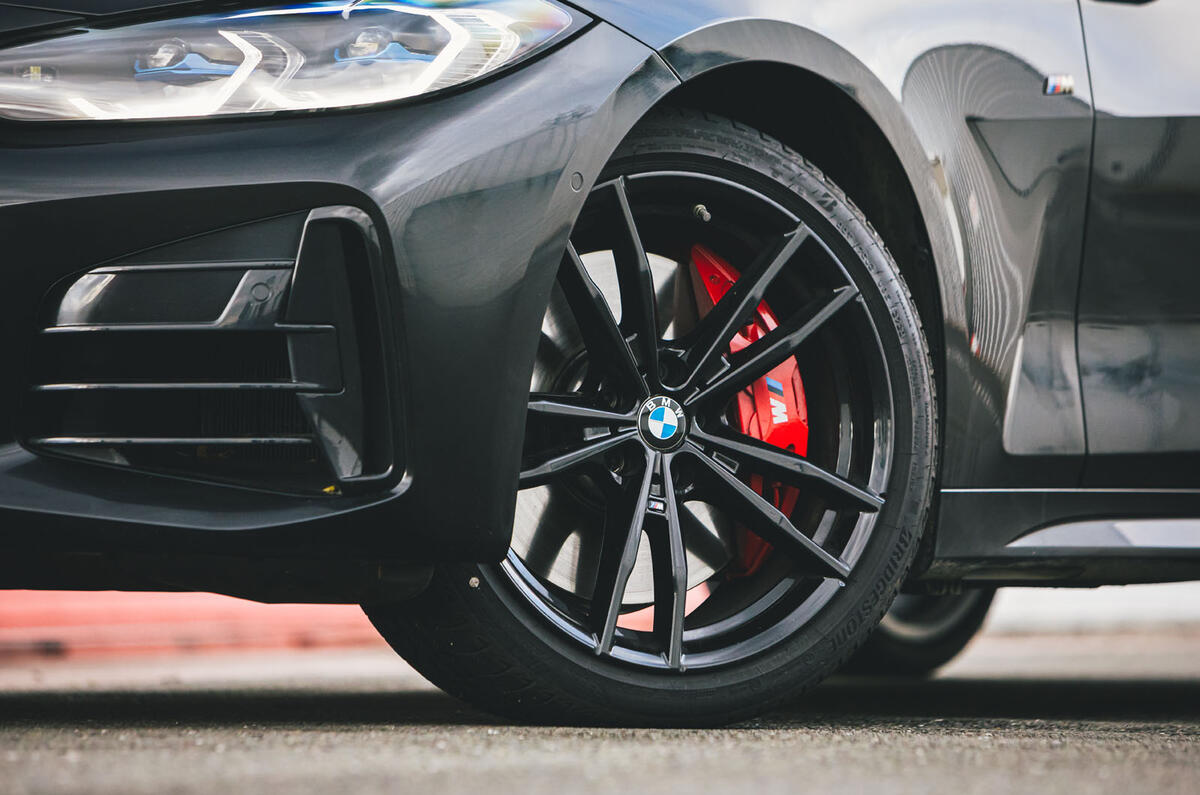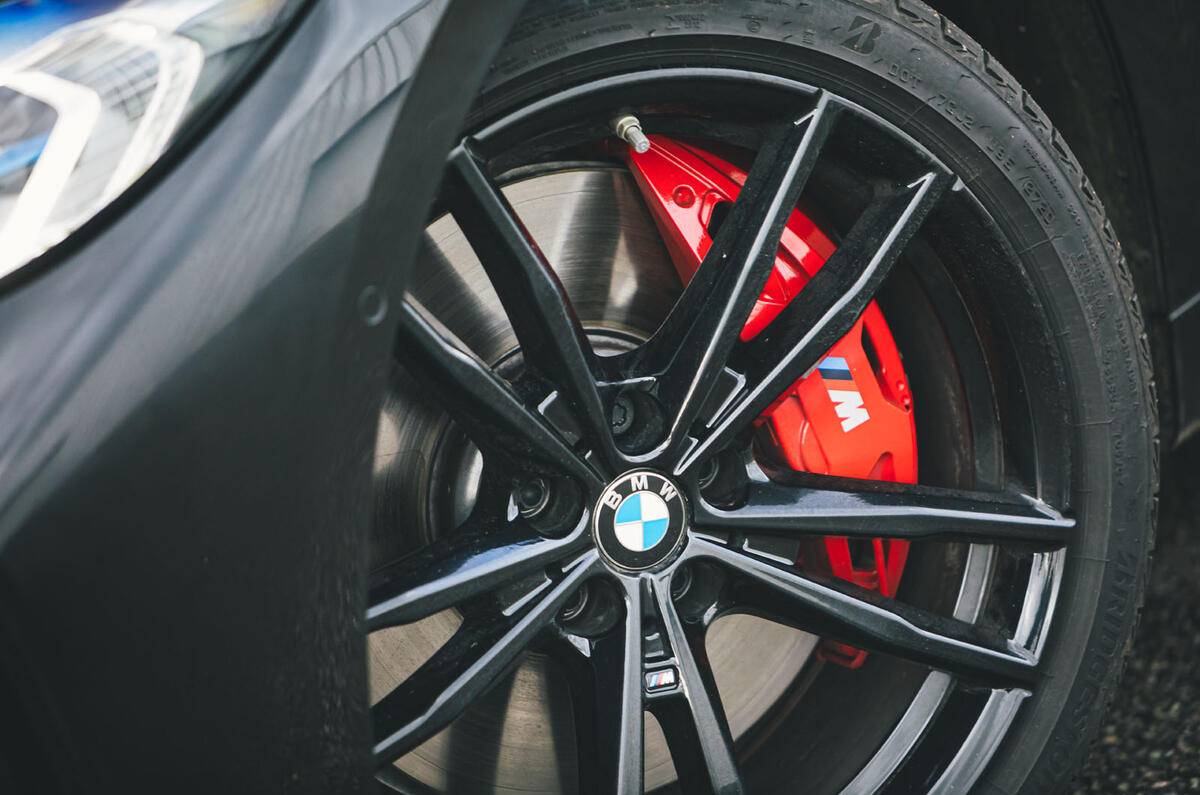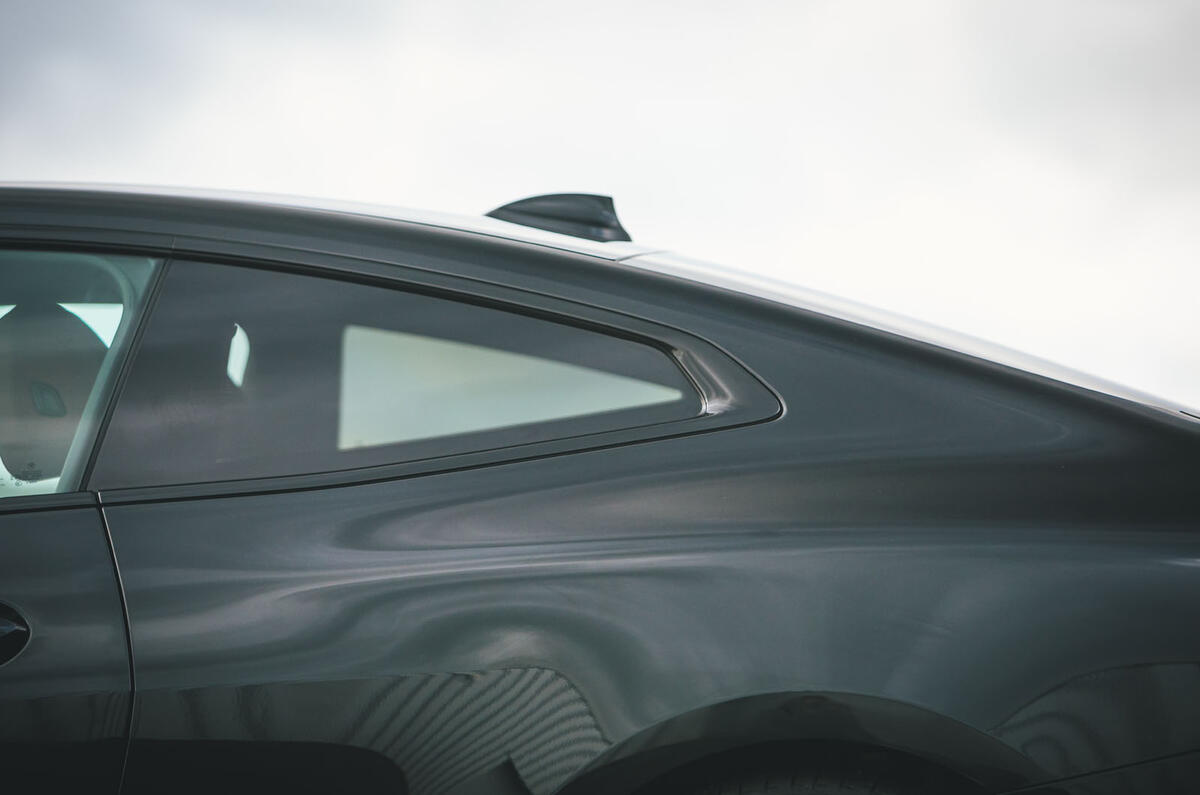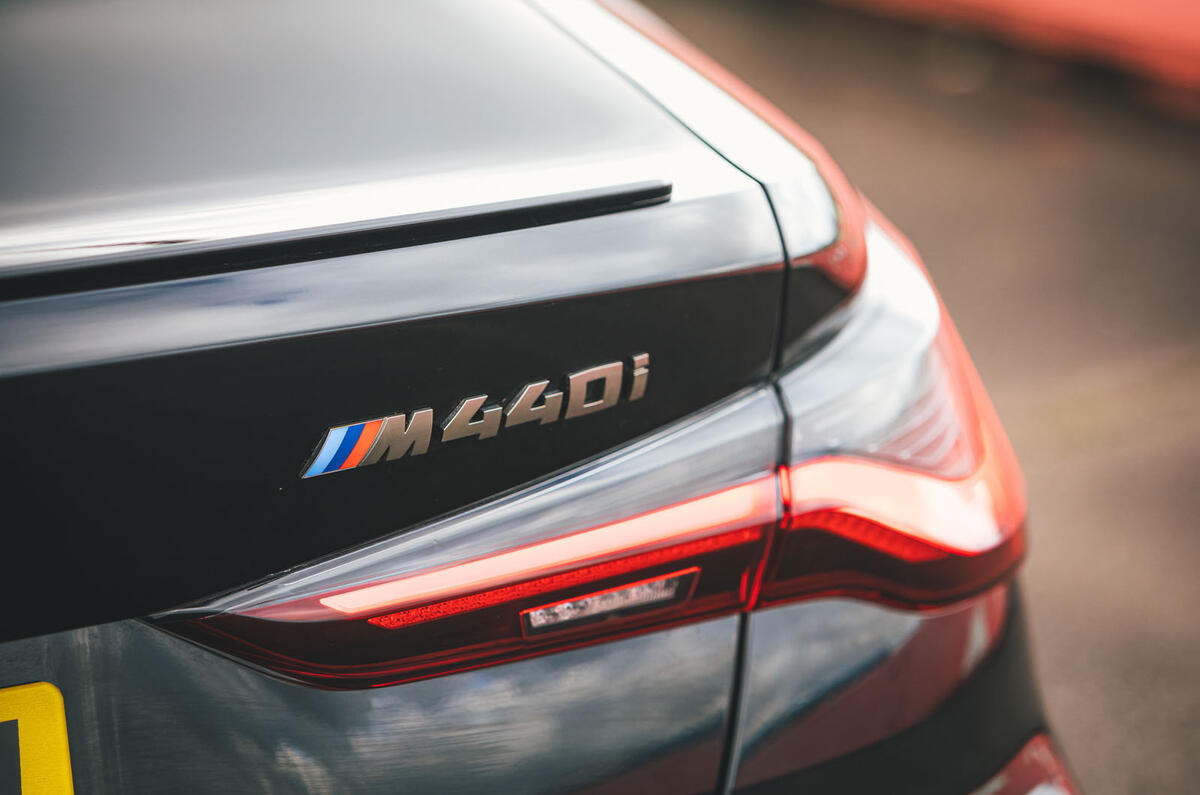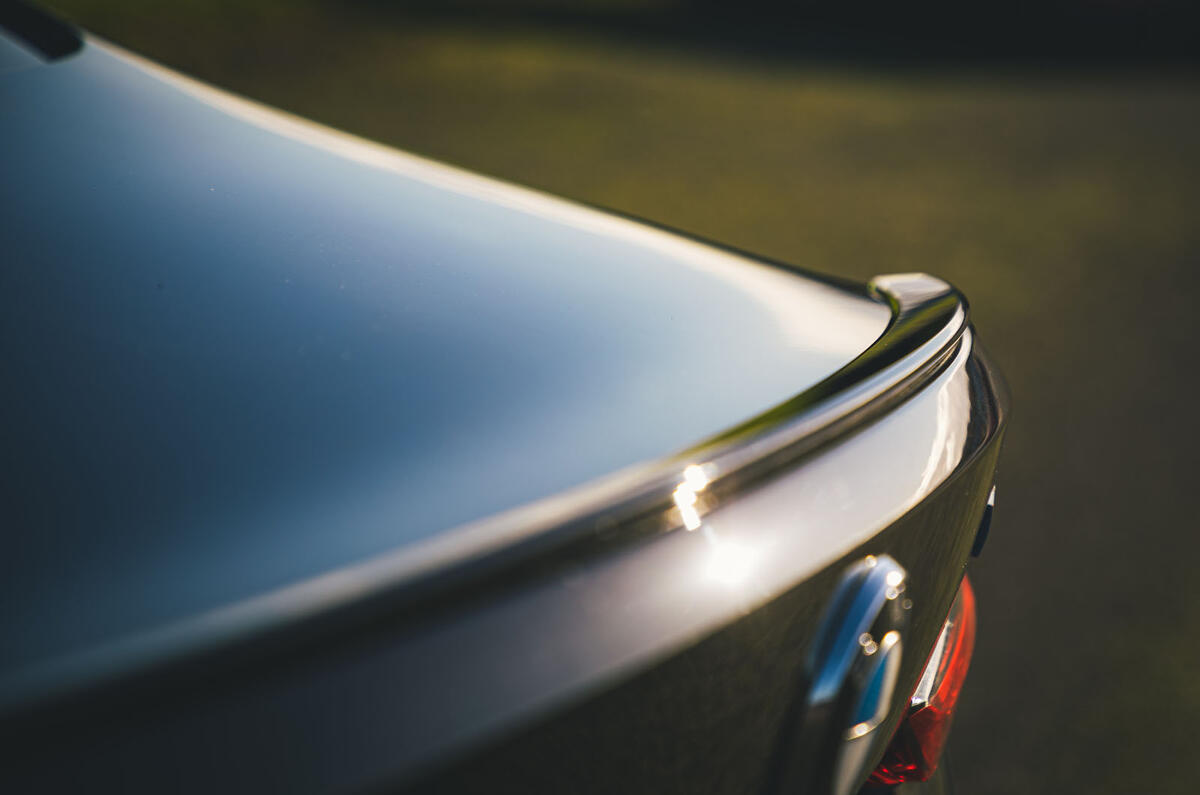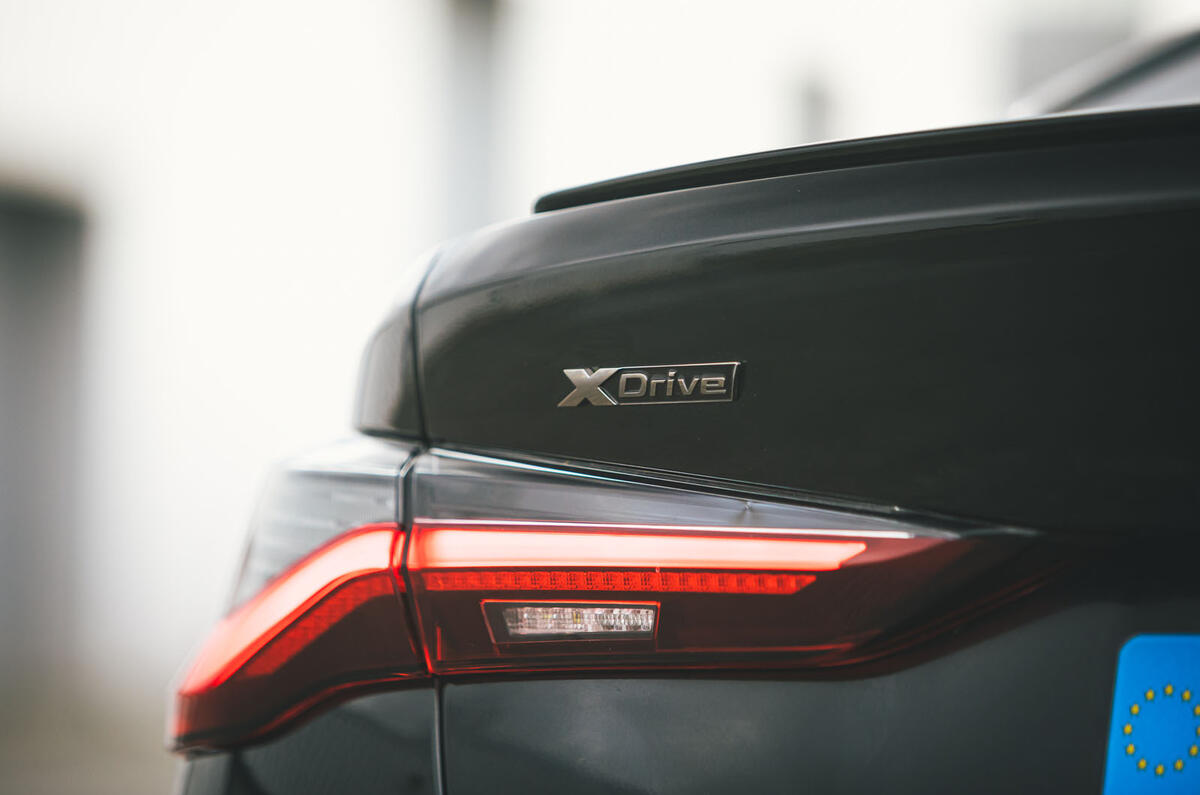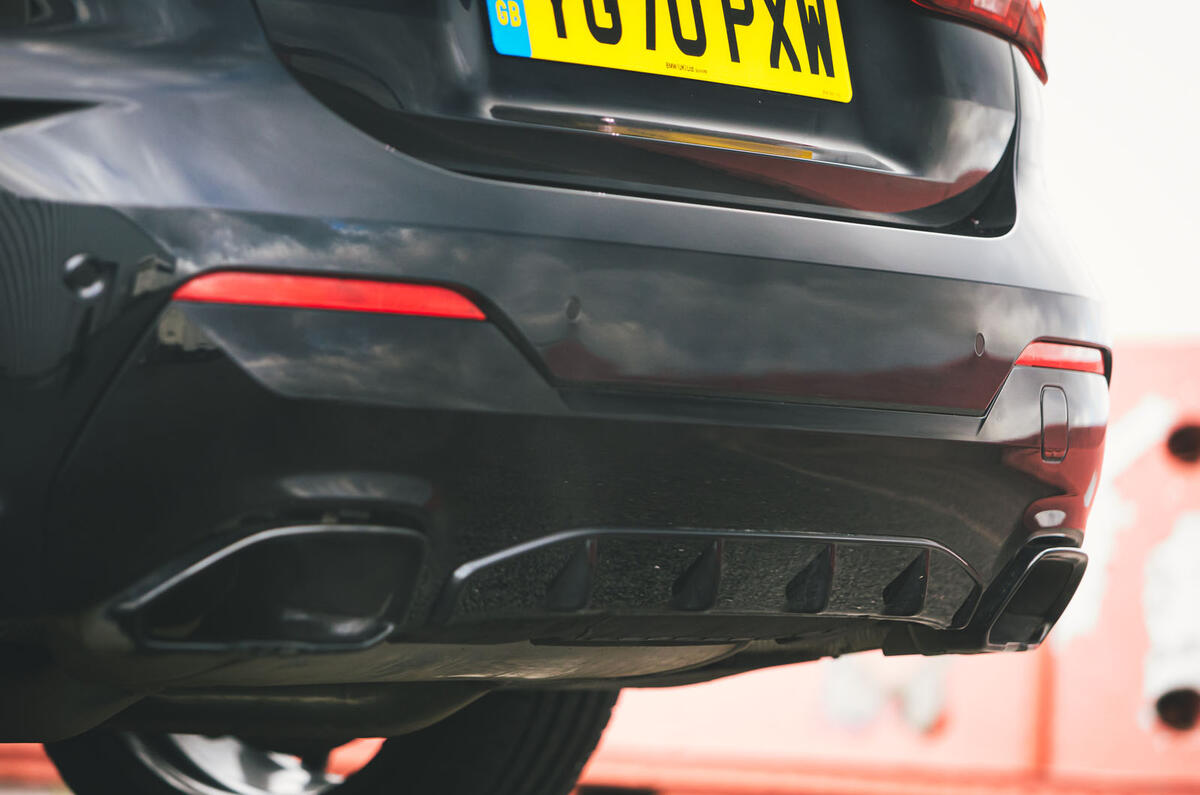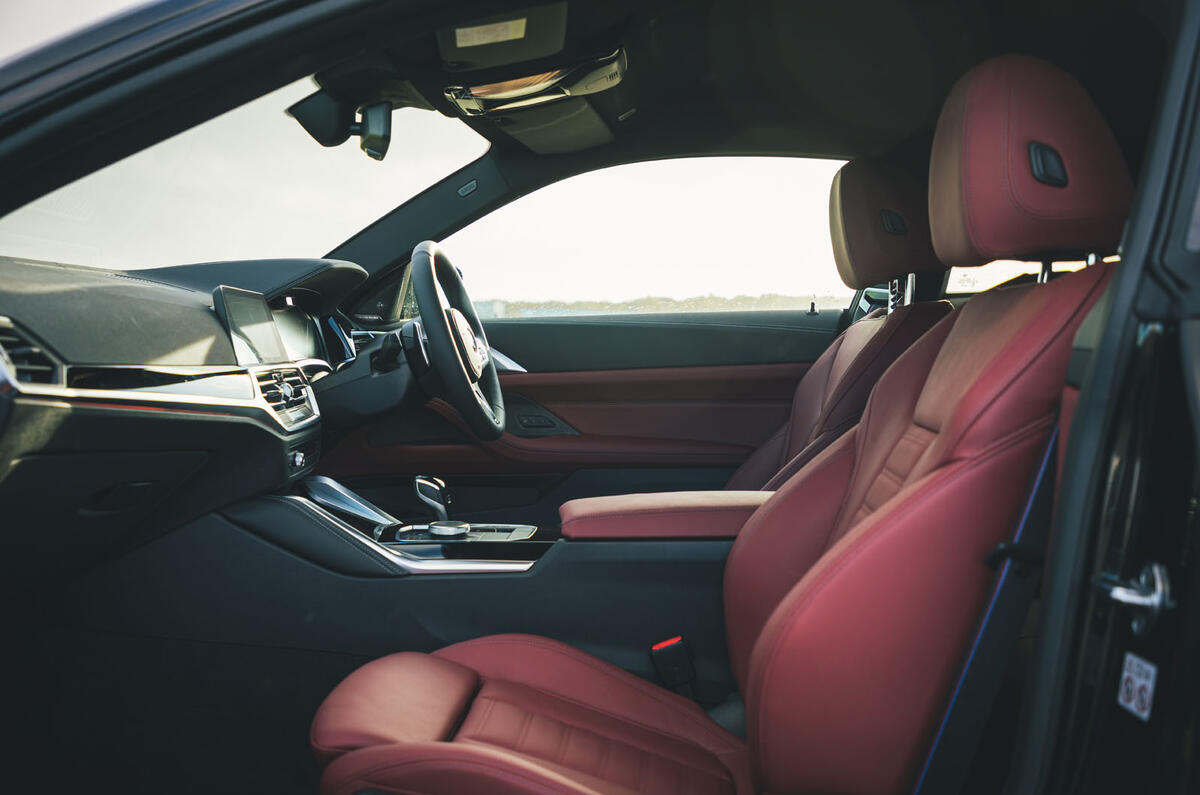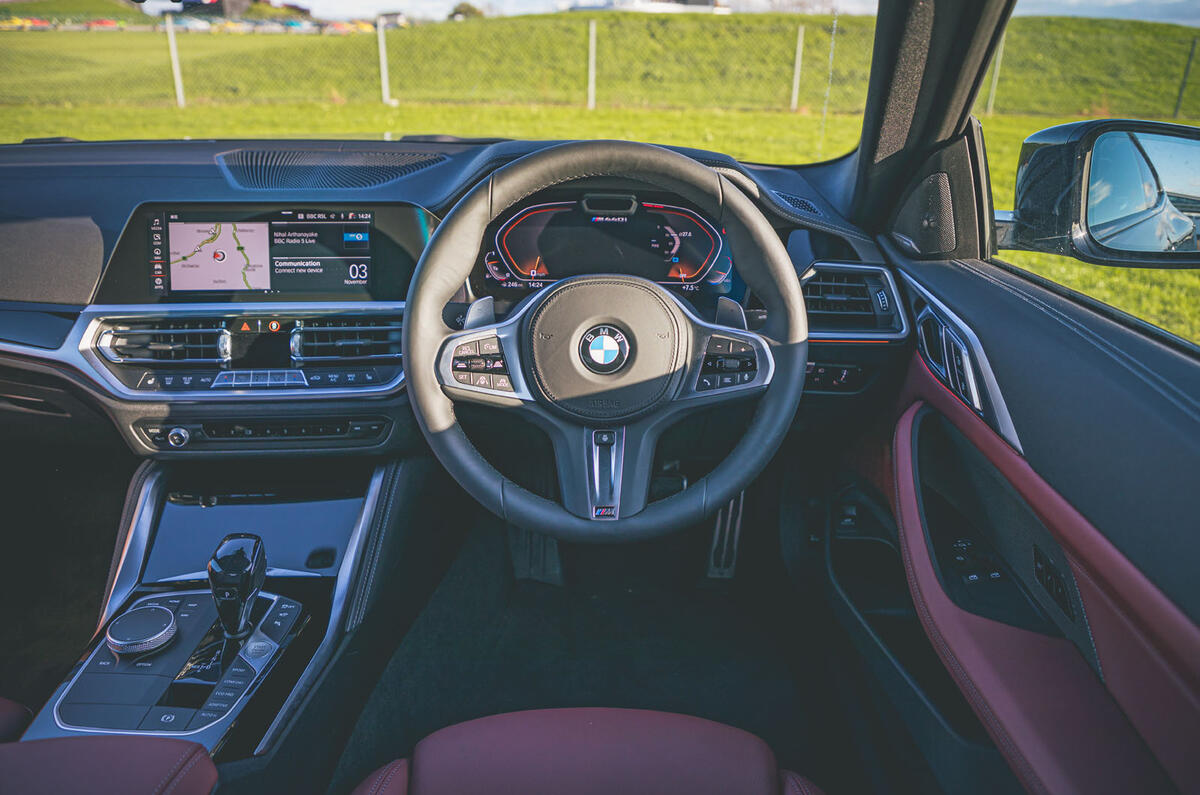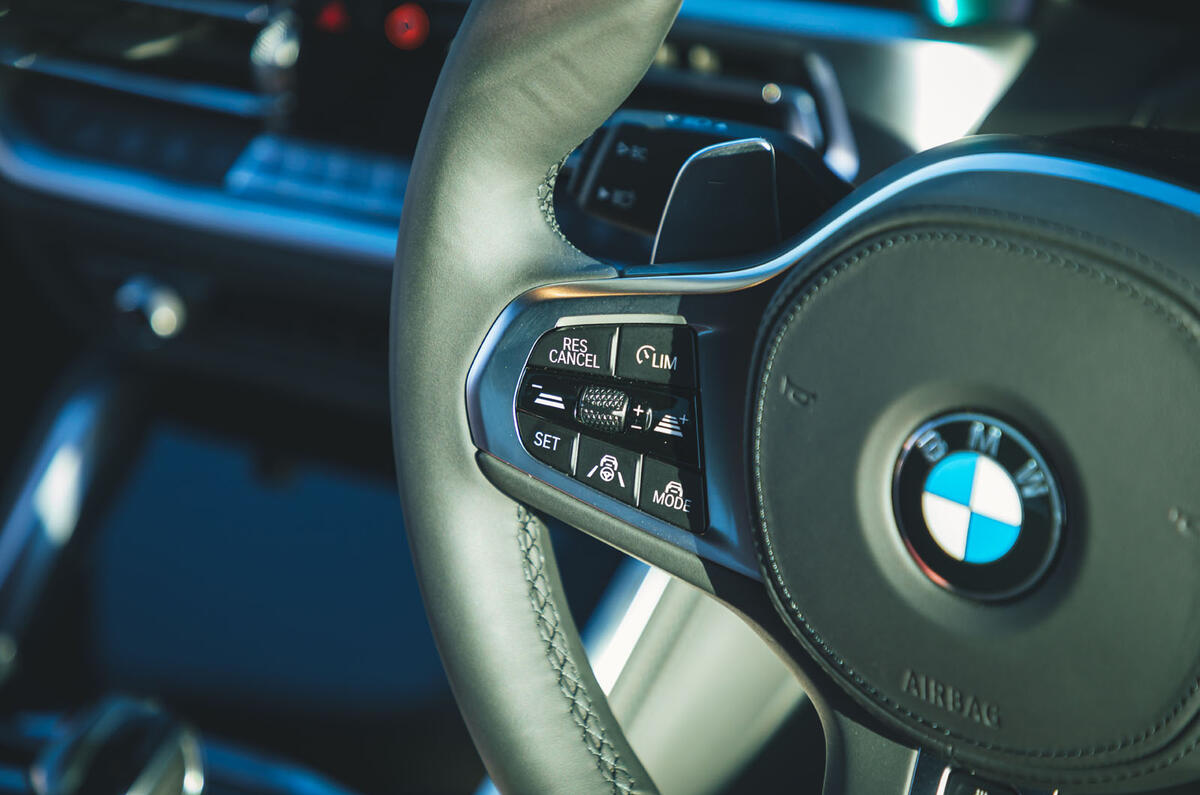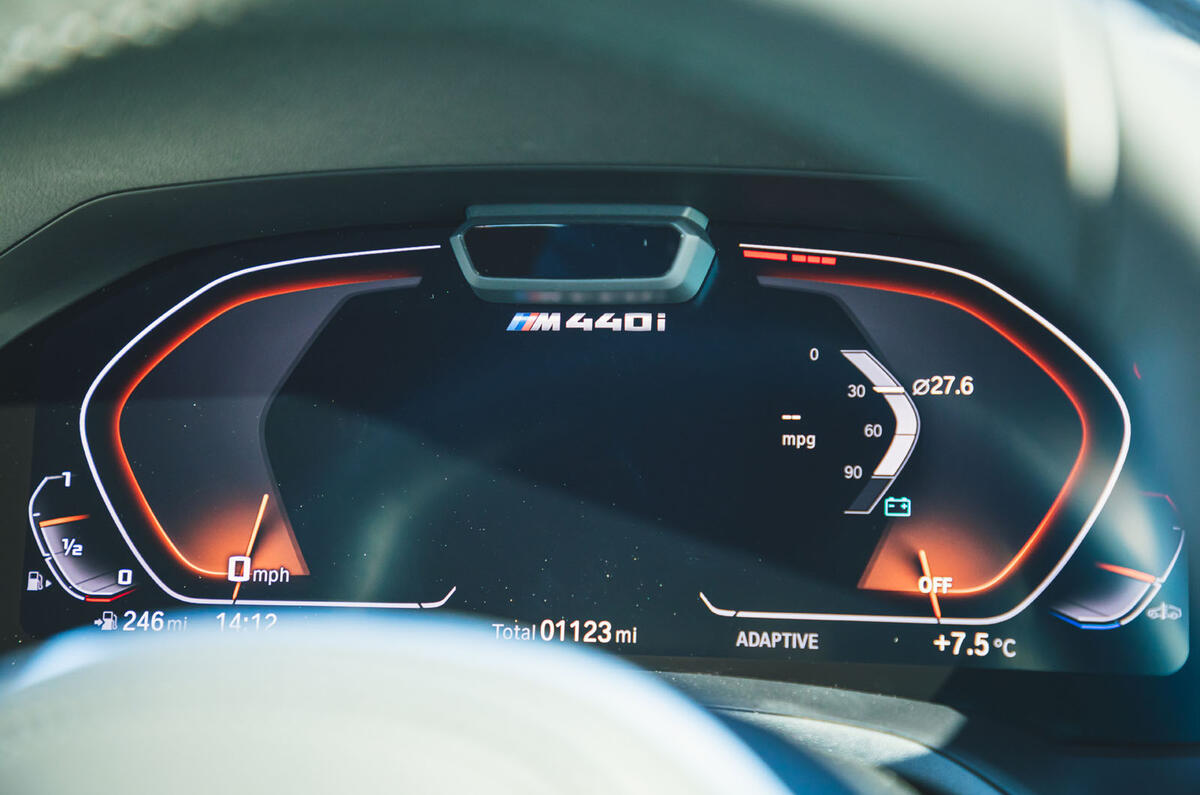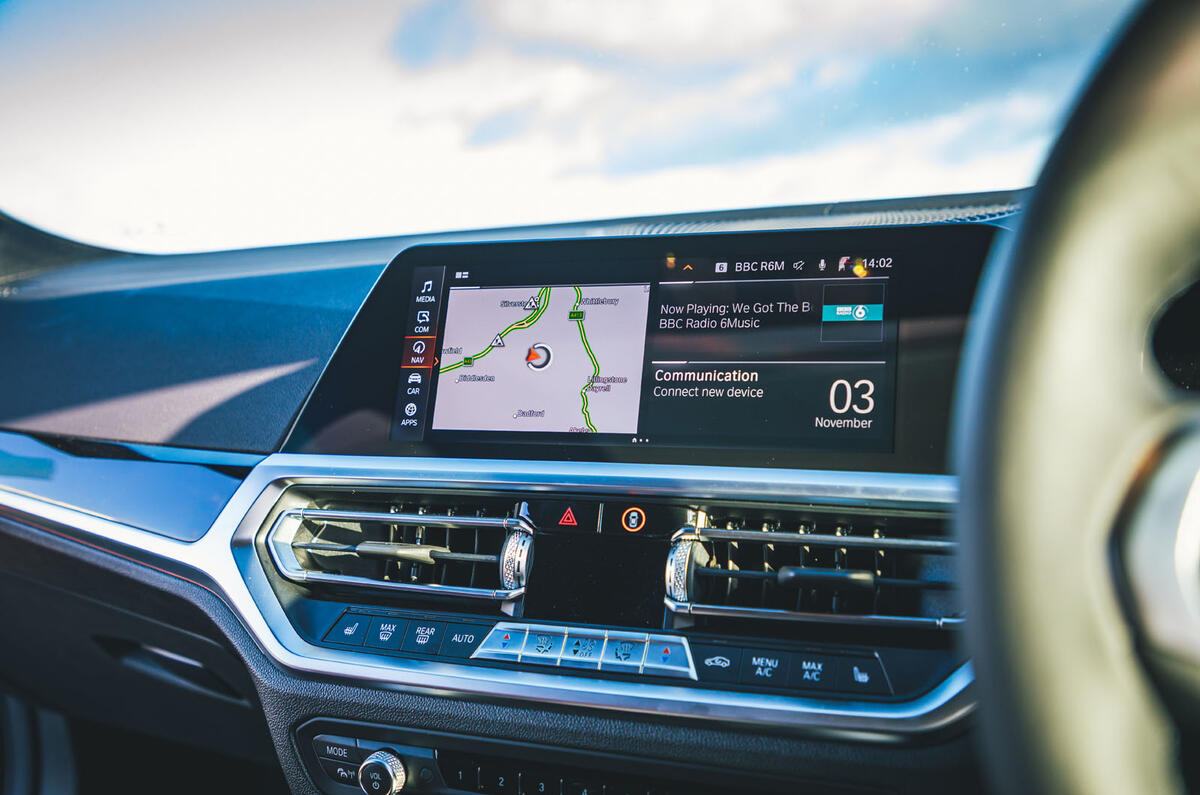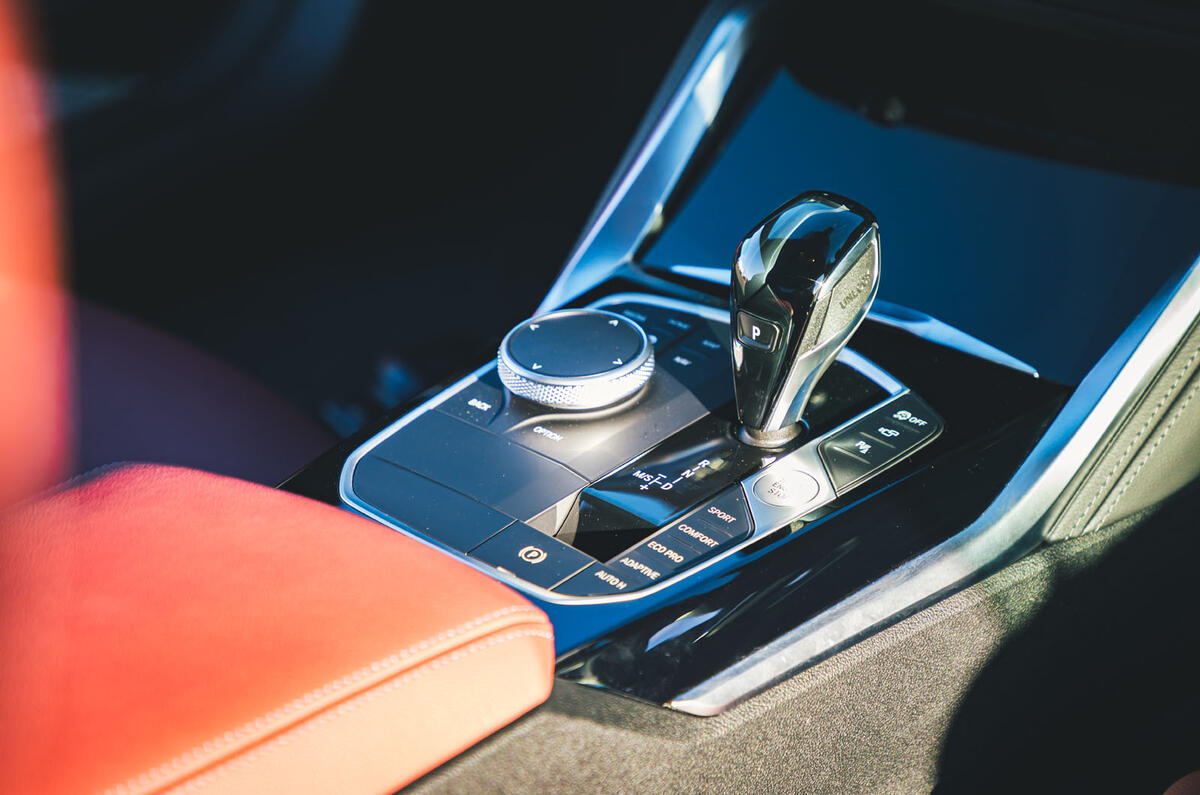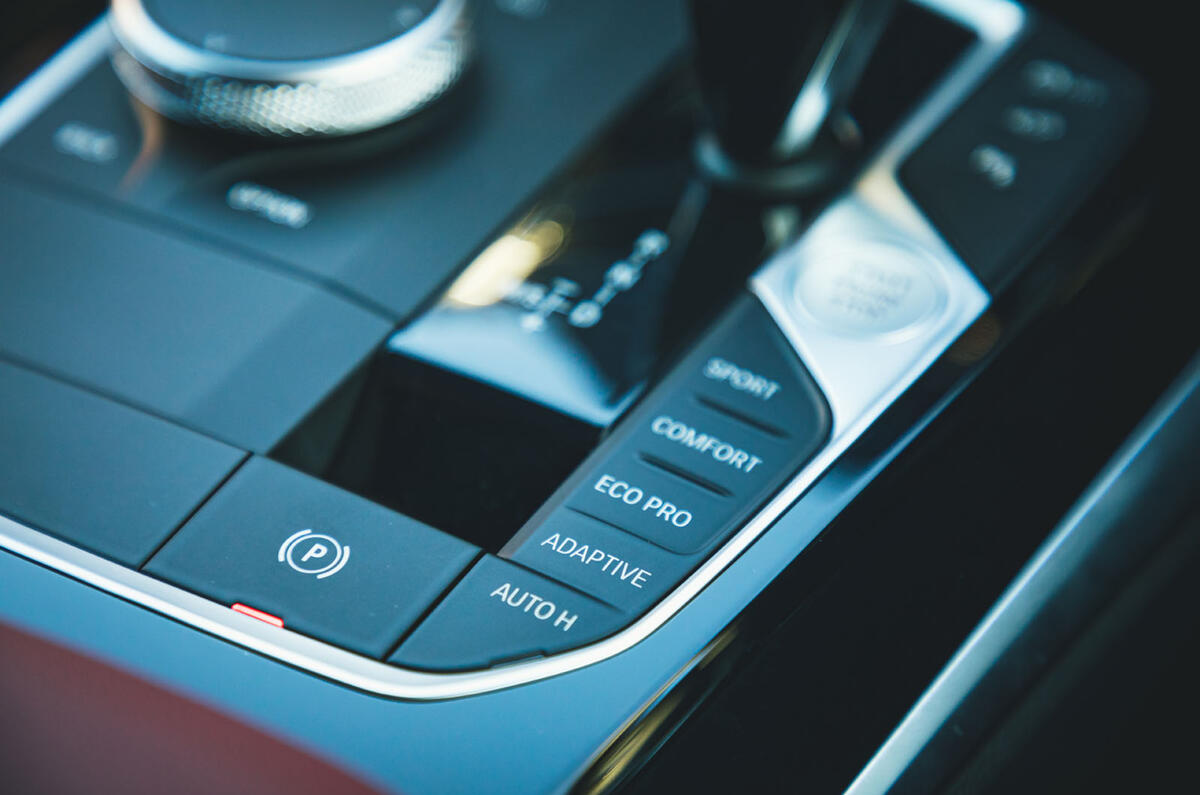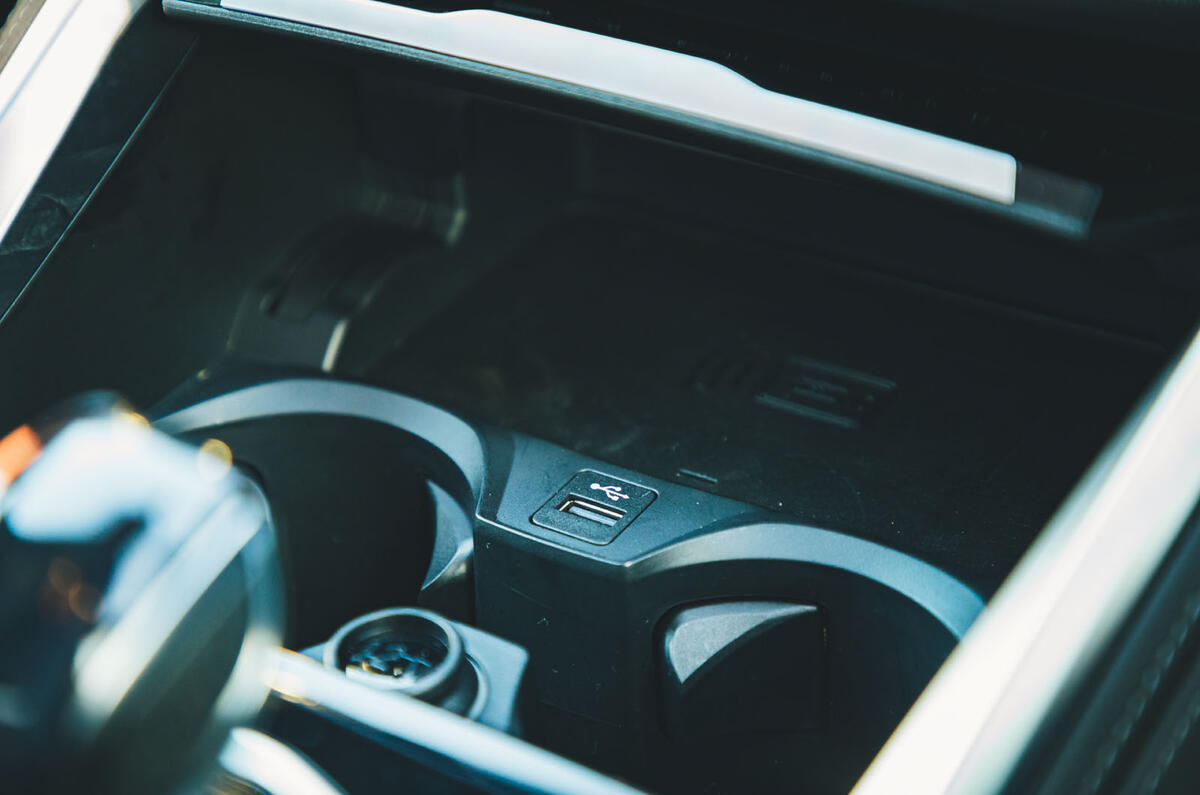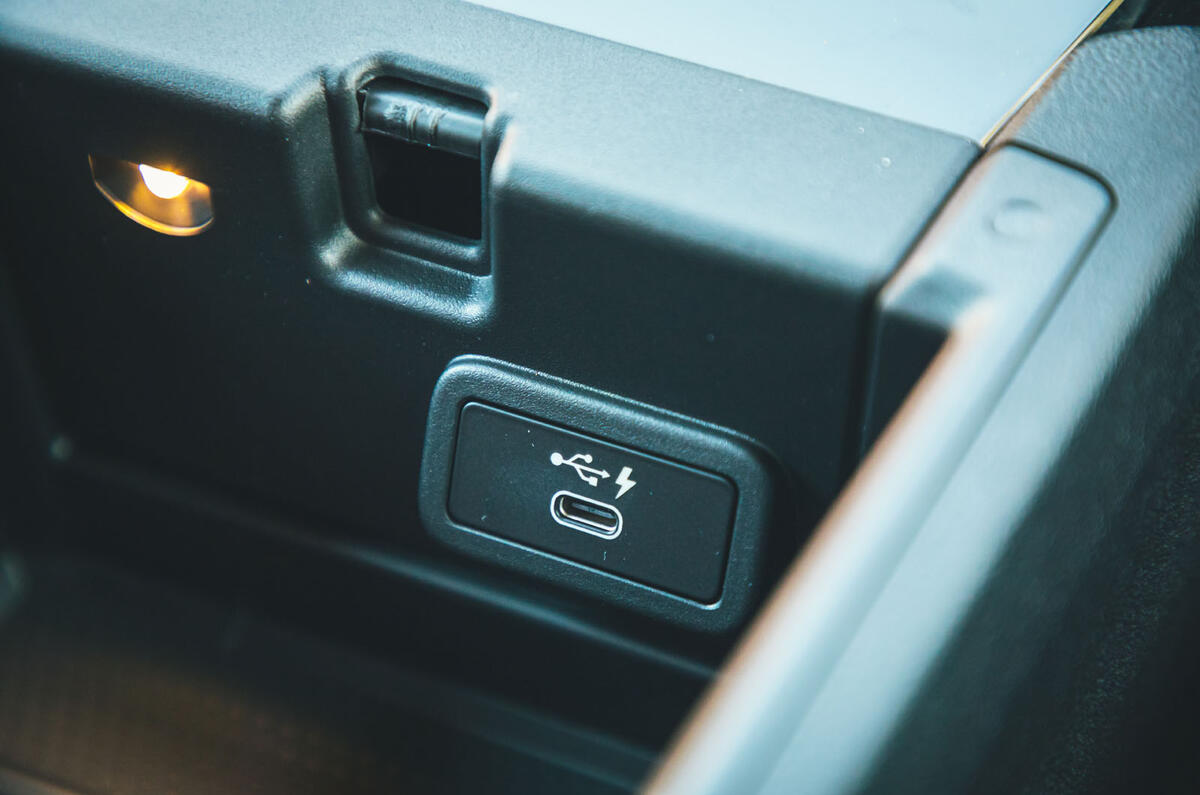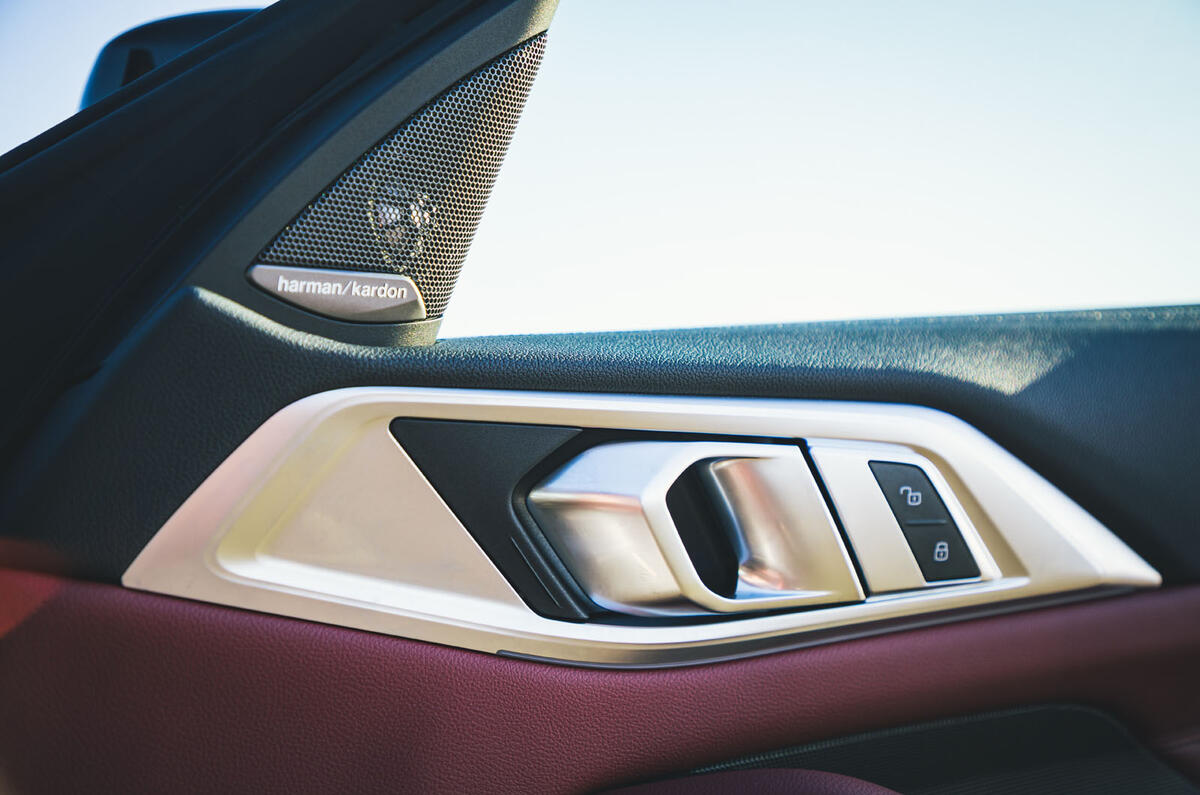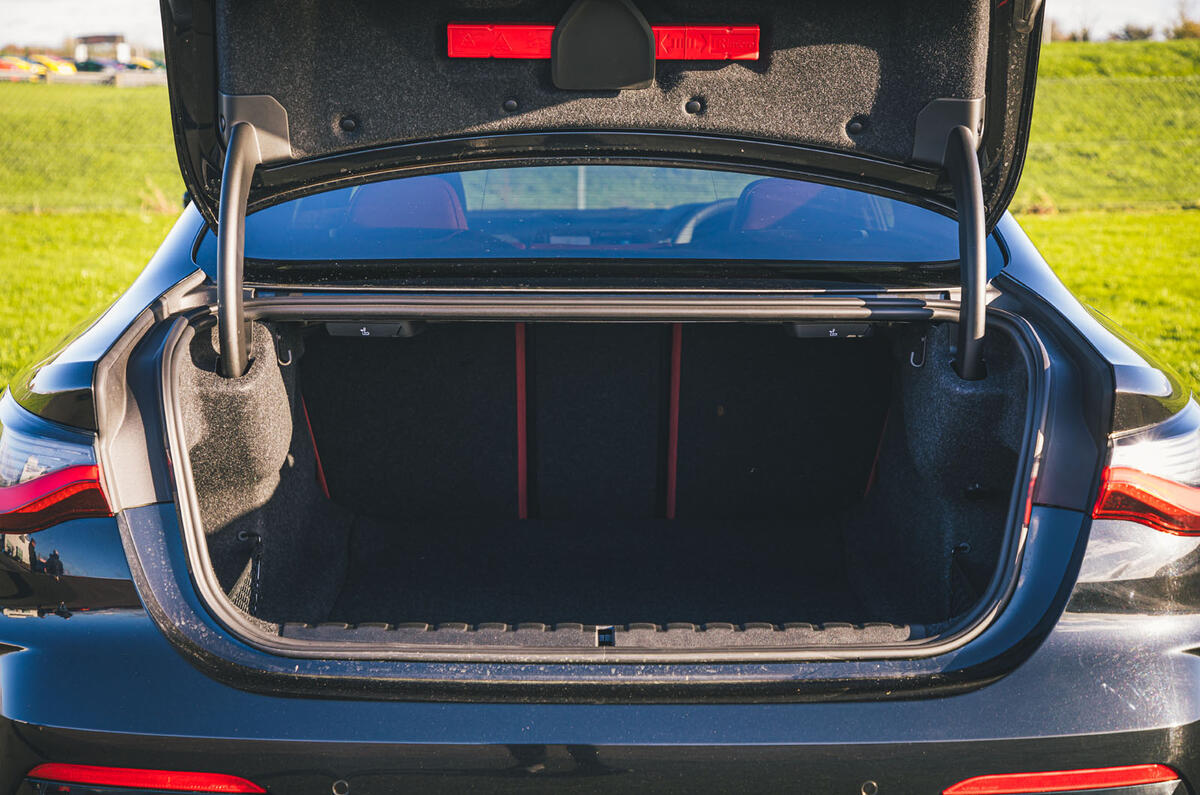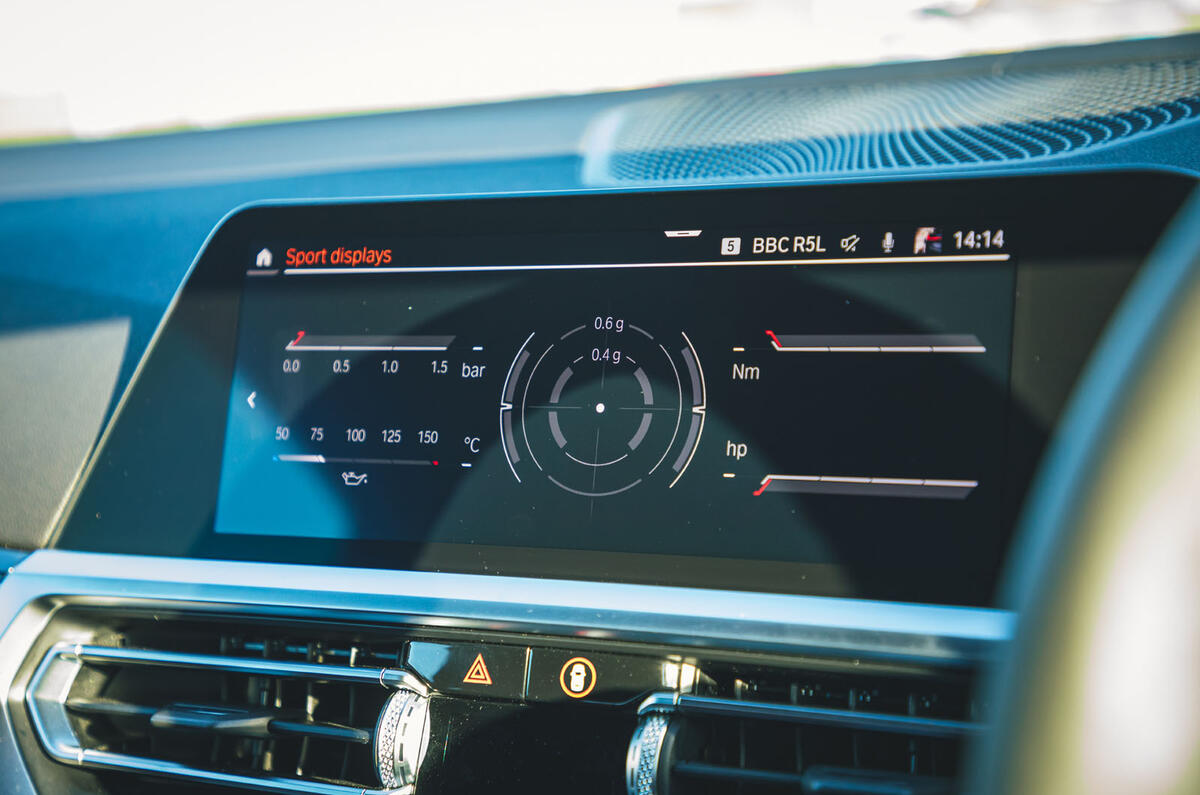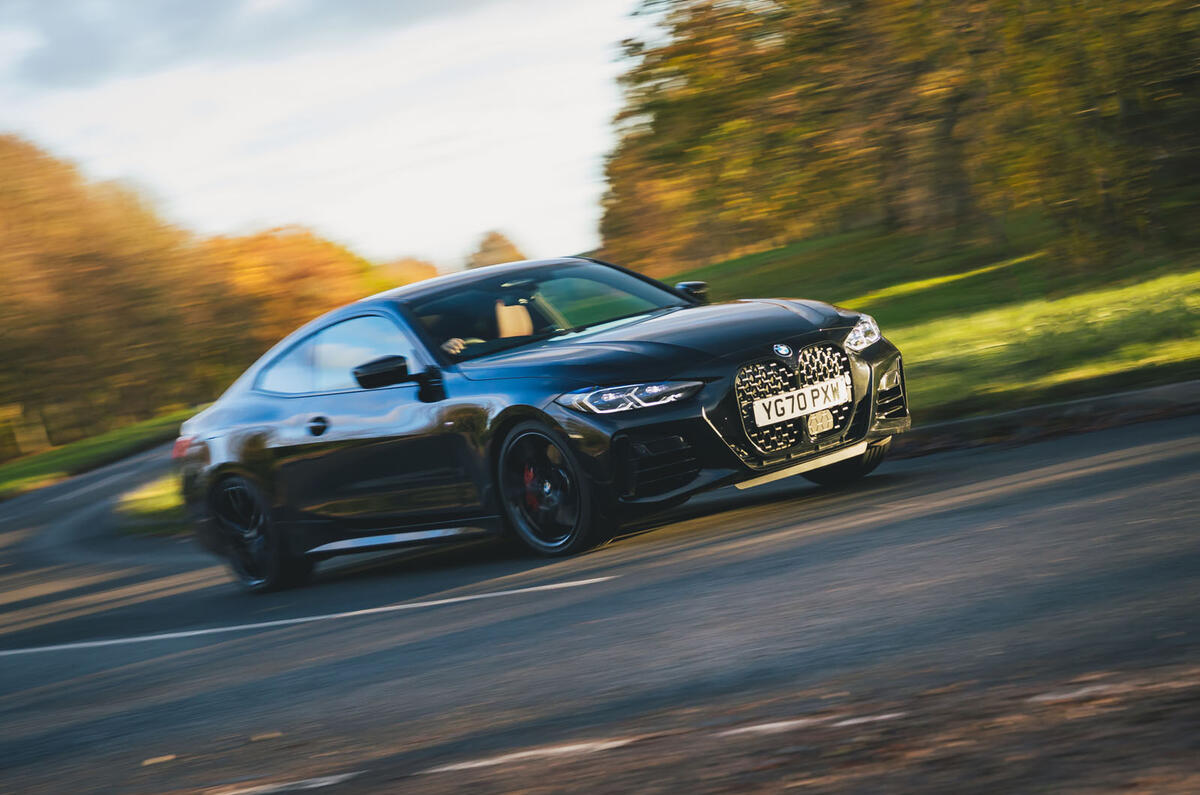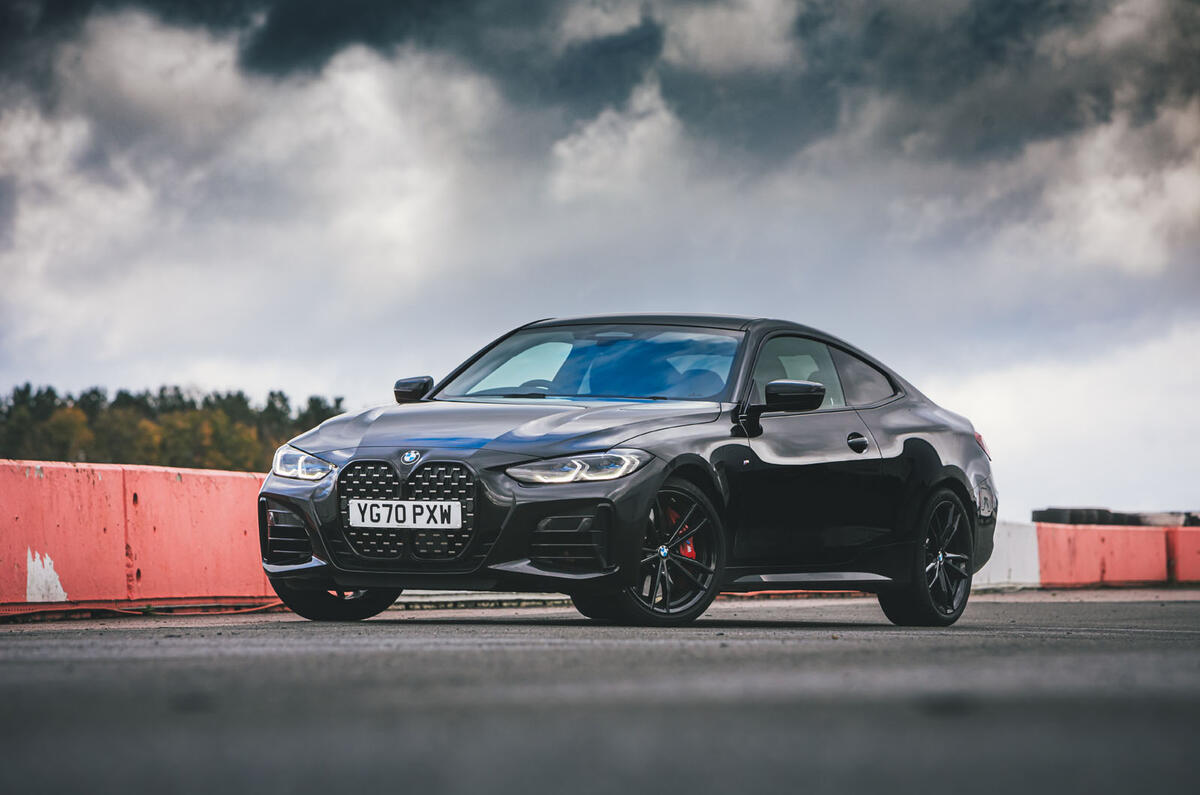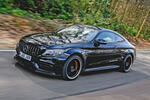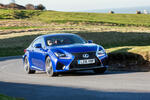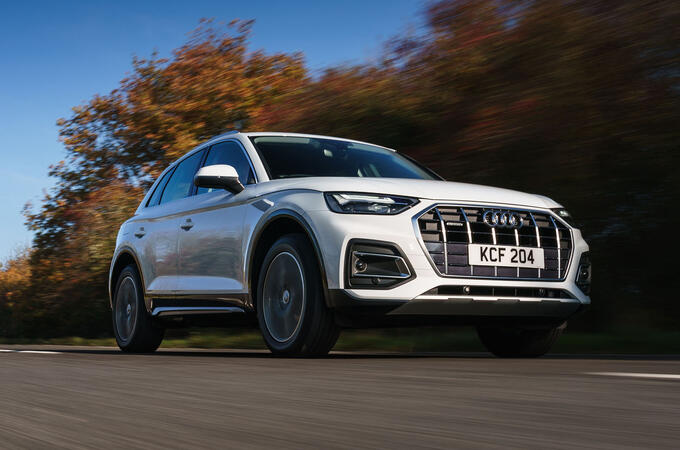Enough time should have passed since the arrival of the latest BMW 4 Series in UK showrooms in October for those who objected to its styling in pictures to have seen the car in three dimensions on UK roads.
So now, as the hostile social media reception is softened slightly by familiarity for some and no doubt set in aspic for others, comes our time to get beyond the styling and interrogate the engineering substance of this car as only the Autocar road test can.
The second-generation 4 Series is, for now, on sale in two-door coupé (codename G22) and two-door convertible (G23) bodystyles, with the four-door Gran Coupé (G26) set to arrive later this year.
There’s the option of four-cylinder turbocharged petrol and diesel engines and just one six-cylinder motor for the time being. By March, 430d- and M440d-badged straight-six diesels will be available, too, and a full-fat M division M4 won’t be much further behind.
The car is, of course, the lower, wider-striding, meaner-looking alter ego of the G20 3 Series that arrived last year. Like the 3 Series, it offers a choice of ‘mild-hybridised’ engines, but here they complement a car with stiffened, extra-tantalising handling poise and an air of exclusivity about its two-door cabin, the combination of which has been the BMW coupé calling card since the early 1970s.
And rather than any recent forerunner coupé, it’s a 1970s antecedent of the 4 Series that BMW’s designers were referring to with the new car’s oh-so-contentious, upright and in-your-face radiator grille: the Wilhelm Hofmeister-penned E9-generation 3.0 CSi. Read on to find out if the new range-topping M440i xDrive can do justice, on the road and against the timing gear, to such a celebrated ancestor.

